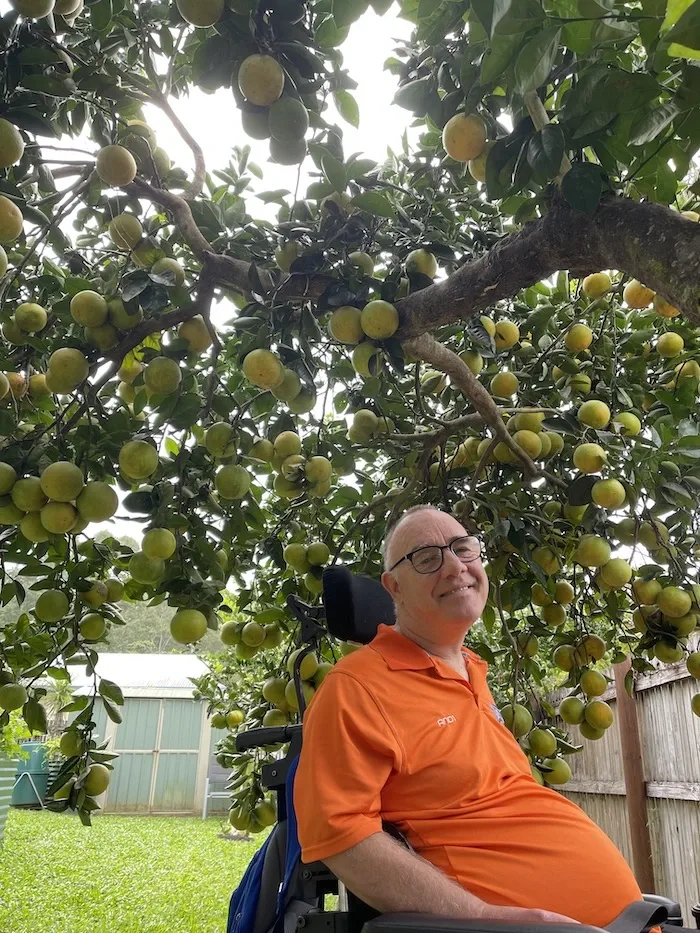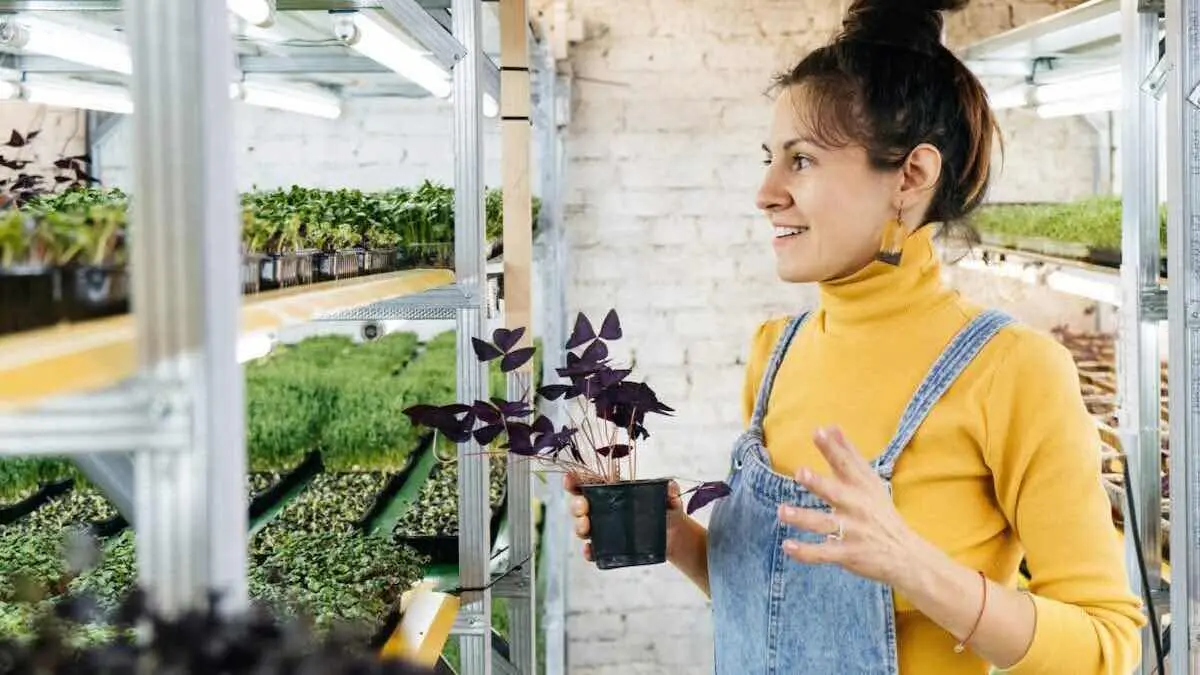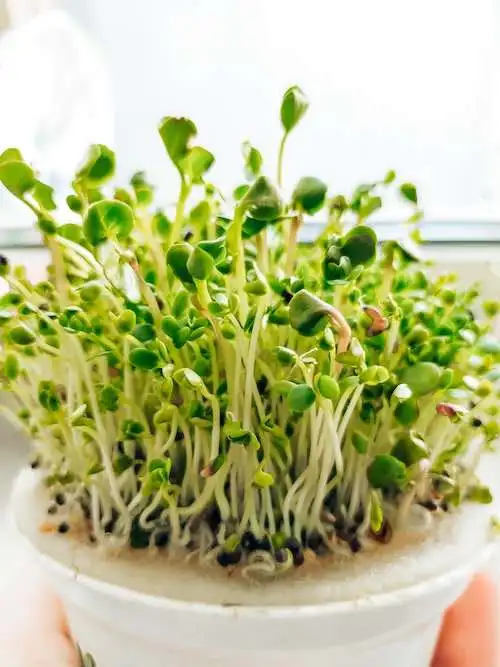Table of contents
Grow Your Own Food Self-Sufficiency
Why not grow food at home to eat? A food garden can be a precious resource when times are tough. Research what food grows easily in your area.
Becoming more self-sufficient is an excellent idea. Especially if you have a yard and the opportunity to work it. However, you really should do your research before jumping in.
In my case, I have purchased large garden beds, manure and various fertilisers over the last few years. As a result, to make back the money I have spent, by saving on food purchases, I would need to live to 103. However, by gardening ‘smarter’ you can avoid my mistakes and really enjoy your time in the garden.
Grow your own food meaning
Where you can, collect seeds. This way you won’t have to purchase seeds to grow food at home. For example, when you purchase a pumpkin at the shops, it is great to save the seeds. They can be used later to grow your own pumpkin vine.
We do not mean growing for ‘complete self-sufficiency’. Very few of us can achieve that. However, any level to which you can ‘increase your level of self sufficiency’ is a good thing.
Growing Your Own Food for Beginners
If you decide to take the plunge into the world of food gardening, we have two recommendations for you:
- Grow food that thrives in your geographic area; and
- Grow food you like to eat.
We live in the tropics and have prepared a tropical fruit trees list pointing out which fruit trees grow easily in our part of the world.
Tropical vegetables also thrive here. Consequently, we have also put together a list of some of the vegetables that grow well in the tropics.

Growing Your Own Food Indoors
High density living can create challenges. However you can still grow food at home. Smart growing can even include growing food inside your house.
Why not make use of windowsills and another available space to grow food at home? Many plants will grow inside. Good examples are basil and micro-greens.
Microgreens are young seedlings of edible vegetables and herbs. Unlike larger plants, microgreens can be harvested and eaten one week to 10 days after the seeds have sprouted.
Grow Your Own Food Benefits
Learning to grow food at home can also be extremely useful during times of natural disaster or other turmoil. Most cities have food shipped in from other areas. Should roads be blocked or traffic otherwise disrupted, food supplies can go down.
In this time of climate change we are also seeing more crop failures. This is as a result of changes in traditional climatic conditions. With normal weather conditions also pushed out of whack, there is no guarantee that crops that have always been there, will be there in the future.
Growing your own food and give your food supplies a small buffer. It cannot protect you fully from food shortages, but it may help you to have at least some food available during difficult times.
How to Grow Your Own Food in an Apartment
Growing your own food in an apartment can be fulfilling and relatively easy, even in small spaces. Here’s a guide to get you started:
1. Choose the Right Plants:
- Herbs: Basil, mint, parsley, cilantro, and chives are compact and thrive indoors.
- Leafy Greens: Lettuce, spinach, and arugula grow well in pots and have short harvest times.
- Vegetables: Cherry tomatoes, radishes, and small varieties of peppers are ideal for container gardening.
- Microgreens and Sprouts: These are fast-growing and can be grown in shallow trays with minimal sunlight.
2. Containers and Soil:
- Containers: Use pots with drainage holes to prevent waterlogging. Recycled containers like jars and cans work well for herbs, while larger pots are suitable for vegetables.
- Soil: Opt for a high-quality potting mix that retains moisture but drains well. Avoid garden soil as it can be too dense and might harbor pests.
3. Sunlight and Lighting:
- To grow food at home indoors you need to meet the light requirements of your plants. Most edibles need 6-8 hours of sunlight. Place your containers on windowsills or balconies that receive sufficient light.
- Grow Lights: If natural light is limited, full-spectrum LED grow lights can supplement daylight, especially in winter months.
4. Watering and Humidity:
- Watering: Water consistently, but allow the top inch of soil to dry out before re-watering. Containers tend to dry out faster, so check daily.
- Humidity: Indoor air can be dry, especially in winter. Mist plants or place them on trays with pebbles and water to increase humidity.
5. Pollination:
- Some indoor plants, like tomatoes and peppers, may need help with pollination. Gently shake flowering plants or use a small brush to mimic natural pollination.
6. Vertical and Small Space Solutions:
- Vertical Gardens: Use shelves, wall-mounted planters, or hanging pots to maximize space.
- Window Boxes and Rail Planters: Utilize windows and balcony rails to expand your growing area.
7. Regular Harvesting:
- Frequent harvesting encourages many plants, especially herbs and greens, to produce more. Snip herbs as needed and use them fresh, drying the excess for later use.
Growing your own food in an apartment requires a bit of planning but can provide fresh, organic produce year-round and brighten up your space.
How to Grow Your Own Food Year-Round
Make sure you know how much water your plants need. It is very important to save on water. There is not much point growing your own food if all the money you save is being handed back to the water company. Search online to get information about the water needs of specific plants.
Mulching around your plants is a great way to save water. Some studies show mulching can save up to 50 per cent of water (which would otherwise be lost in evaporation).
Grow your own food quotes
Some quotes about growing your own food:
“To forget how to dig the earth and to tend the soil is to forget ourselves.” – Mahatma Gandhi
“Gardening is the purest of human pleasures.” – Francis Bacon
“Gardening requires lots of water, most of it in the form of perspiration.” – Lou Erickson
“To plant a garden is to believe in tomorrow.” – Audrey Hepburn
“The love of gardening is a seed once sown that never dies.” – Gertrude Jekyll
“Gardening is cheaper than therapy and you get tomatoes.” – Unknown
Thank you for reading how to grow food at home.



Comments
5 responses to “Grow Food at Home: Your Gardening Guide.”
[…] Grow Your Own Food […]
[…] Grow Your Own Food […]
[…] Grow your own food […]
[…] Grow Your Own Food […]
[…] decision. However, there are a few things to think about. I would encourage you to read my article grow your own food before proceeding. It will save you time and […]